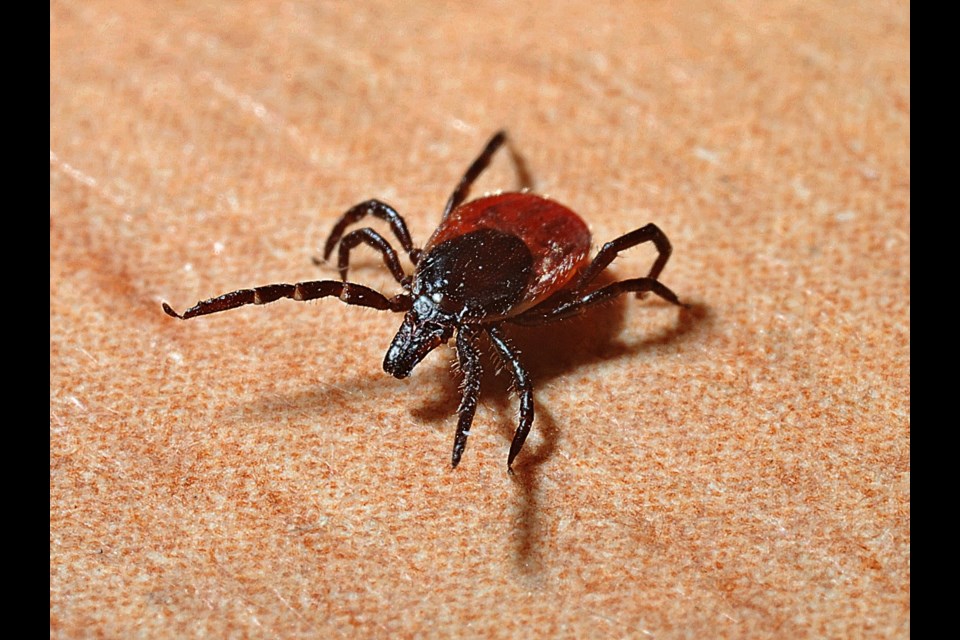THUNDER BAY -- The Thunder Bay and District Health Unit advises area residents to check themselves and their pets for ticks after spending time in the outdoors this spring and summer.
Ken Deacon, coordinator of the TBDHU's vector-borne disease program, says now that most of the snow has dissipated and temperatures are consistently going above 4C, blacklegged ticks carrying the bacteria that causes Lyme disease can be expected to show up "any day."
Last year, 60 of the insects were turned in to the health unit for examination in a lab. Four of these specimens tested positive for Lyme disease.
Deacon said extreme and prolonged cold this past winter wasn't favourable for blacklegged ticks, and this may help keep the population in the district from growing this year.
He added, however, that "people should be really aware of the fact that we do have ticks and they do transmit Lyme disease. They should be taking precautions and they should do a tick check."
Deacon said that even if tick numbers fluctuate from year to year, the level of infection within the tick population in the district has been fairly constant over the last decade.
The health unit will once again rely on both "passive" surveillance and "active" surveillance to monitor ticks.
Passive surveillance relies on members of the public turning in ticks they have found on their bodies or on their pets. Last year about 1,000 were submitted, the great majority of which turned out to be harmless wood ticks.
With active surveillance, the health unit assigns a summer student to search for ticks in areas where they have already been found or are likely to be found.
"So if you see someone dragging a white sheet behind them while you're out enjoying the wilds, it's just our summer student trying to find ticks," Deacon said.
The technique is typically used in areas where people walk their dogs, such as the 25th Side Road and Boulevard Lake. "Ticks don't like really wide-open spaces where they can dry out. They prefer shrubby areas," Deacon noted.
Precautions against having a tick latch on to your body include wearing long-sleeved clothing and pants, light-coloured clothing and insect repellant.
Local health officials have described the expansion of the blacklegged tick population in this region in recent years as "extraordinary."
Samples have been brought in even from more northerly locations such as Manitouwadge and Nakina.
